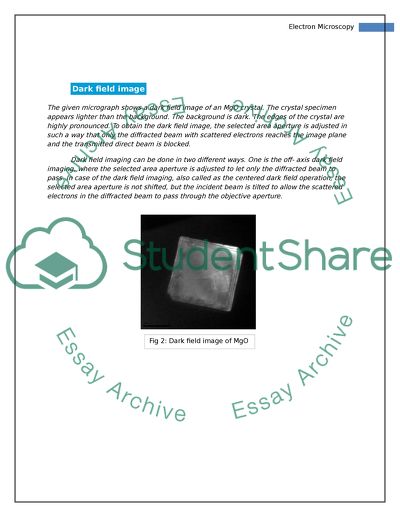Cite this document
(“TEM, SEM, EDS in Electron Microscopy Coursework - 1”, n.d.)
Retrieved from https://studentshare.org/physics/1424047-electron-microscopy
Retrieved from https://studentshare.org/physics/1424047-electron-microscopy
(TEM, SEM, EDS in Electron Microscopy Coursework - 1)
https://studentshare.org/physics/1424047-electron-microscopy.
https://studentshare.org/physics/1424047-electron-microscopy.
“TEM, SEM, EDS in Electron Microscopy Coursework - 1”, n.d. https://studentshare.org/physics/1424047-electron-microscopy.


